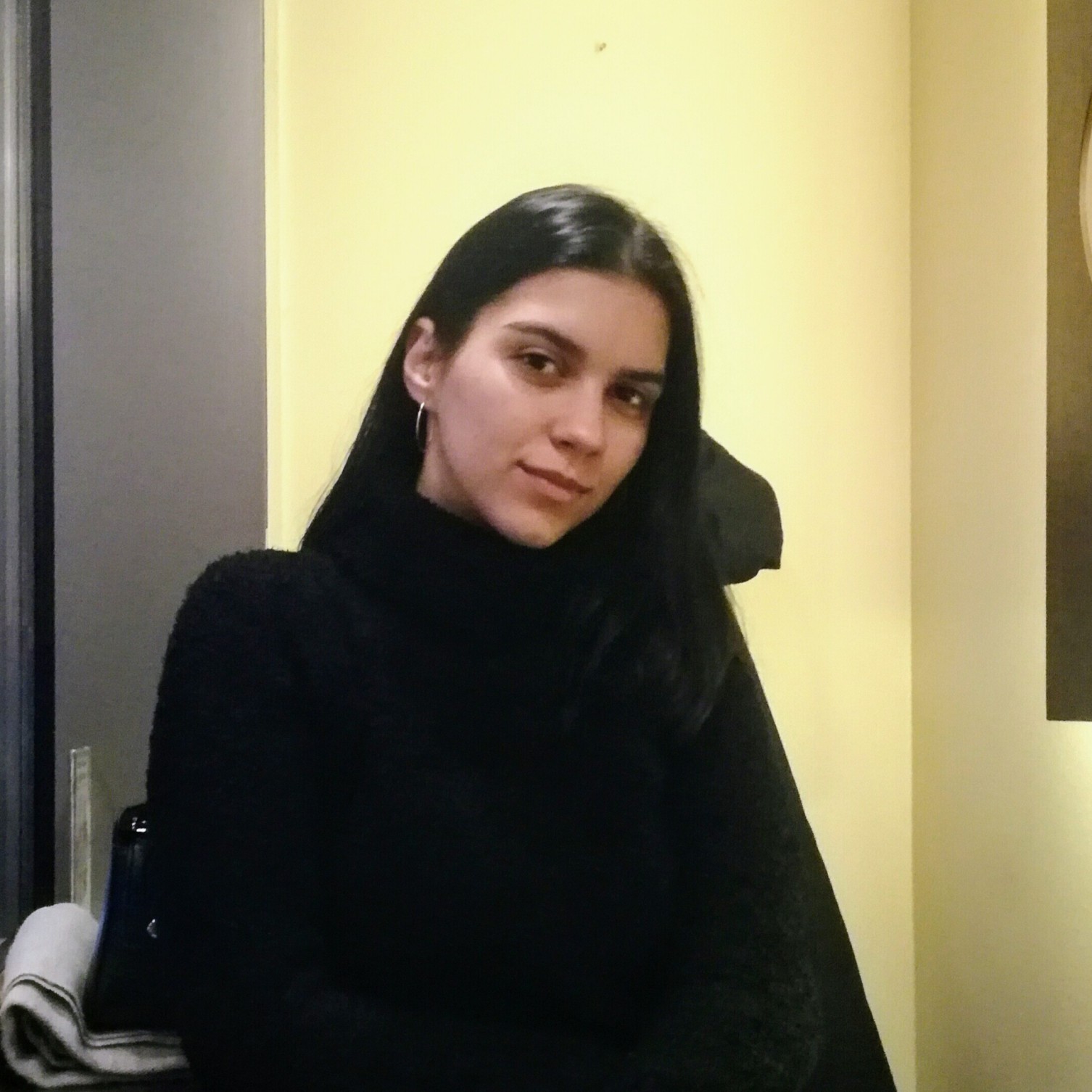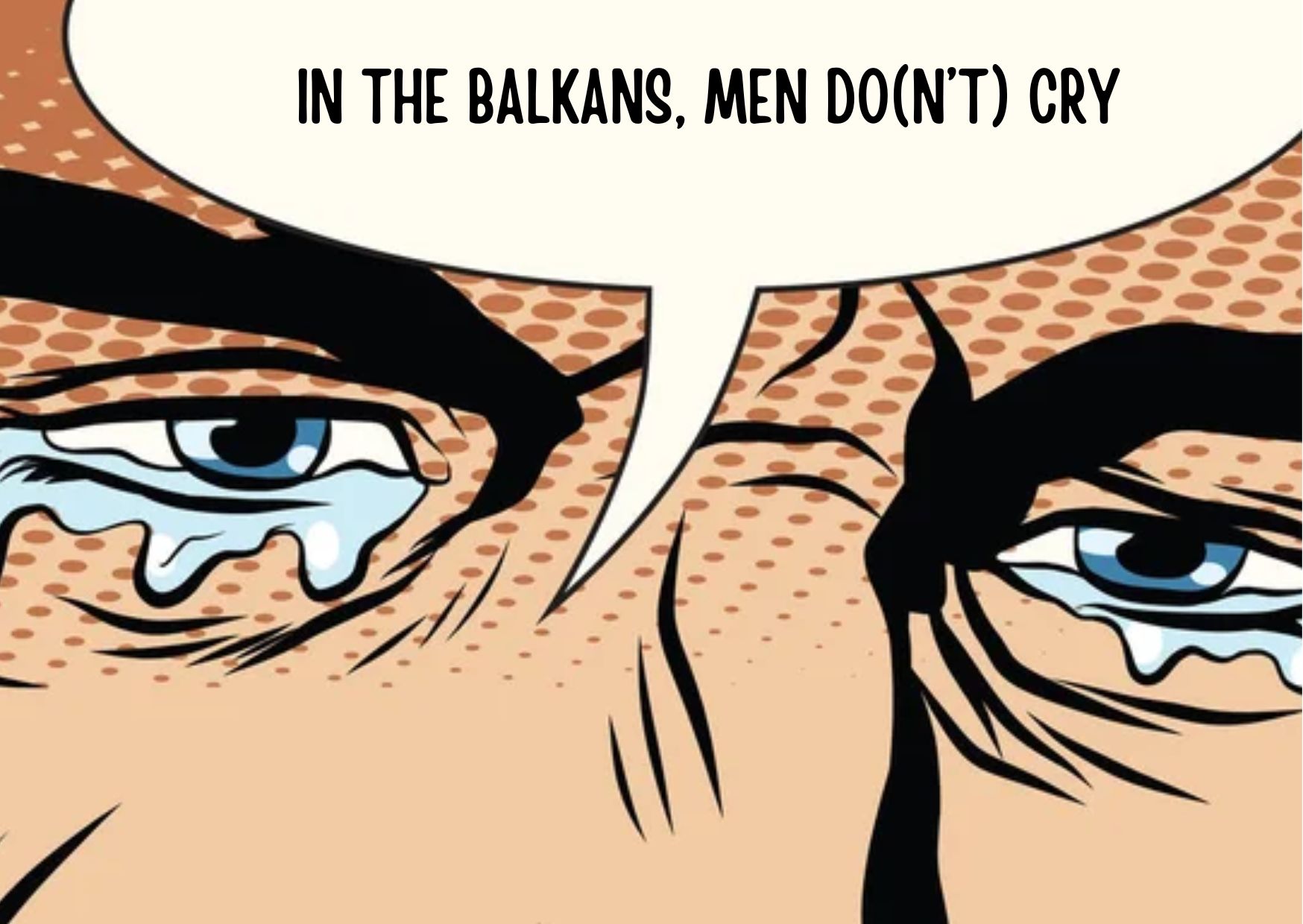If you are walking in nature around the Macedonian city Radovish, in the east of the country, it is very likely that you are at an archeological locality without knowing it. The localities are unmarked and unfenced, and there is a total of 226, of which 17 are rated as priority or first category localities.
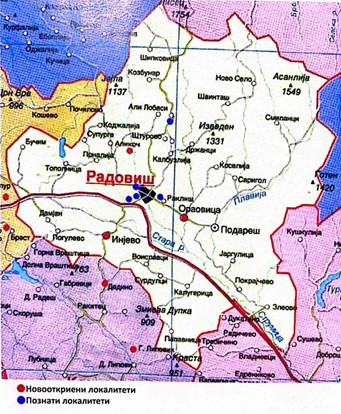
Forgotten archeological sites: Map of newly discovered (in red) and known (in blue) localities
We spoke with Oliver Bojadziev, an archaeologist from Radovish who participated in numerous archaeological excavations in North Macedonia.
"During these 20 years, I have talked several times with the authorities of the city of Radovish about the problem with the archeological localities and always the solutions and projects remained on the table or in a drawer," said Bojadziev.
He is optimistic that the municipal government of Radovish is beginning to have a greater understanding and comprehension of the importance of the archaeological potential and its role in the development of tourism.
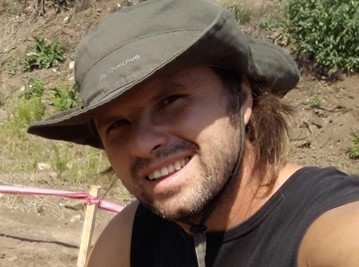
Forgotten archeological sites: Oliver Bojadziev, archeologist
The localities in the vicinity of Radovish are protected by the State Office for Protection of Cultural Monuments and are registered in the archeological map of North Macedonia. Since there is no institute for protection and museum in Radovish, the Institute and the museum in Shtip, the nearest bigger city, are responsible for the field protection and the intervention of the localities in this area. The initiative for the protection of the localities around Radovish so far has been from the state Archaeological Museum and the Museum of the City of Shtip.
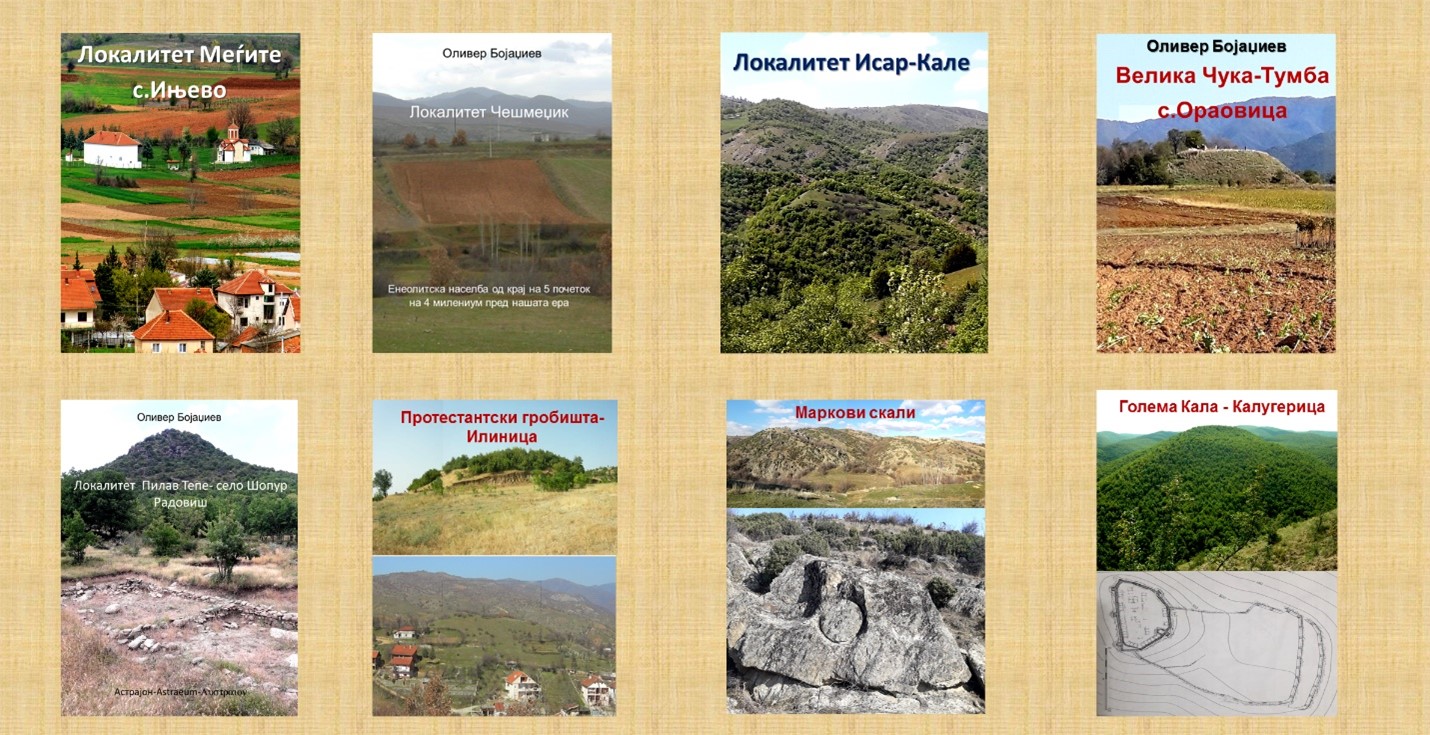
Forgotten archeological sites: Some of the archeological localities around Radovish
One of the localities of the first category of importance that is not marked with information boards and is not fenced is the locality Velika Chuka - Tumba. This locality is located on the right side from Radovish to the village of Oraovica, just above the village cemetery. According to previous field reports, data from the Bronze Age until the middle of the 20th century can be found on this site. Traces of human bones, ceramics and stone remains of grave structures can be found at the site.
Bojadziev: Tumba testifies to the continuity of living and settlement
"What do we see on the field? We see the remains of the church "St. Athanasius" built in the 50s of the 20th century, but there is a previous stage. During the construction of this church "St. Athanasius", during the laying of the foundations, they discovered the foundations of an older church or a church from the 5th, 6th century, an early Christian church. So, here we have proof that here we have continuity of living and settlement and cult religious continuity. If we want to speed up the procedure, let Radovish make a team at the local level, make a museum, appropriate depot, and professional staff because it is not just about digging. You will dig, but the findings, like the ones I hold in my hand, and the others that will be whole, should go for conservation, restoration so that they do not remain in a box", says Bojadziev.
He emphasizes that the Tumba locality does not receive the same treatment, although it has the same knowledge as the popular archeological localities in North Macedonia - Heraclea, near the city of Bitola, and Stobi, near the city of Veles. According to Bojadziev, more money and more than five years of systematic research are needed.
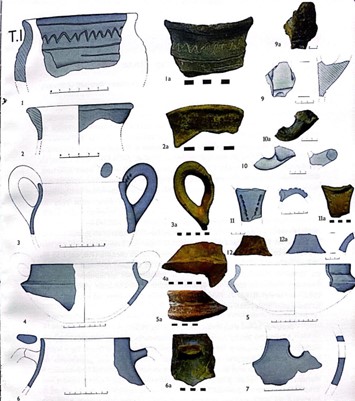
Forgotten archeological sites: Findings from Velika Chuka Tumba
Source: Book: “Archaeological localities in Radovish and the region” by Oliver Bojadziev
Radovish is still without an archeological museum
The strategic plan for the municipality of Radovish in the period from 2007 to 2011 envisaged the construction of a museum, which was to start operating before 2010. But even after 12 years, there is still no museum. The procedure for opening an archeological-historical museum in Radovish has now started again. To form a museum, there should be suitable space with conditions for storing artifacts and specialized laboratories for their conservation and restoration.
"Every museum should have professional staff with knowledge of their subject. First, its location should be determined, which should meet the needs of the city and, above all, the needs of foreign and domestic tourists," said Bojadziev.
Most of the movable cultural wealth of the city of Radovish is exhibited and deposited in the museum of the neighboring larger city Shtip, and a smaller part is in the state Archaeological Museum in Skopje. In Radovish, there is an ethnological exhibition with objects from late medieval history and several artifacts made of stone plastic from the Roman and Ottoman periods that are not sufficiently exposed and presented to the public.
The importance of the archeological localities for the city of Radovish and for North Macedonia is a greater knowledge of the history and the great tourist potential that they have. Therefore, they should be protected and marked with signs and the media should inform more about them, so that such historical localities do not serve people only as places of recreation.
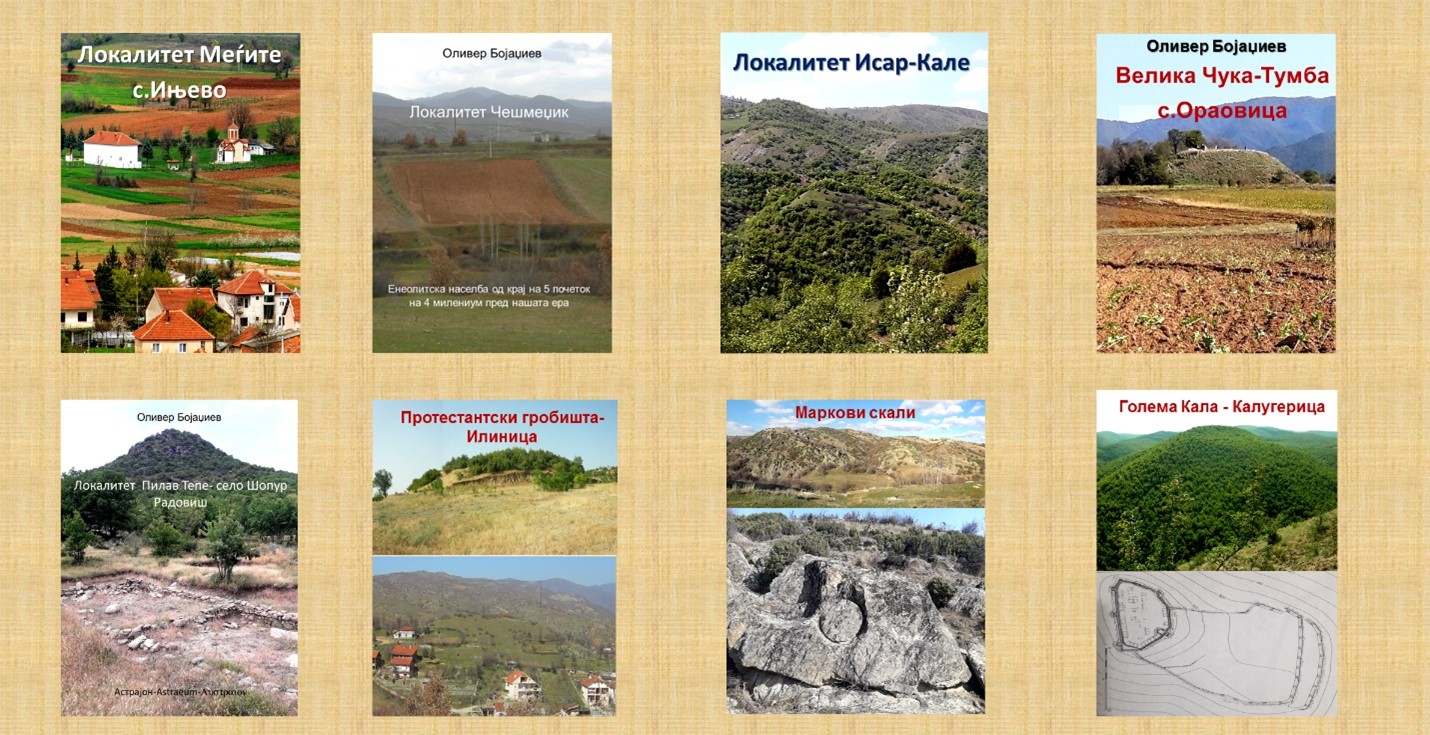
 (1)-1651580942.jpg)
